In addition to an upcoming printed edition, researchers of the Institute of History of the ELKH Research Centre for the Humanities (BTK TTI) are also making the correspondence of István Széchenyi publicly available in an online database.
This modern critical edition, which strives for completeness, makes invaluable source material easily accessible to historians and others interested in the topic. In this way, it will significantly encourage knowledge regarding the various layers of relations in Hungary in this era. The first period, up until 1825, contains 549 letters that can now be read on the purposely built website.
In addition to more specific research on Széchenyi himself, the database, which is constantly expanded with letters that have been processed and annotated with textual criticism, is an inexhaustible source of information for several branches and narrower subfields of historiology.
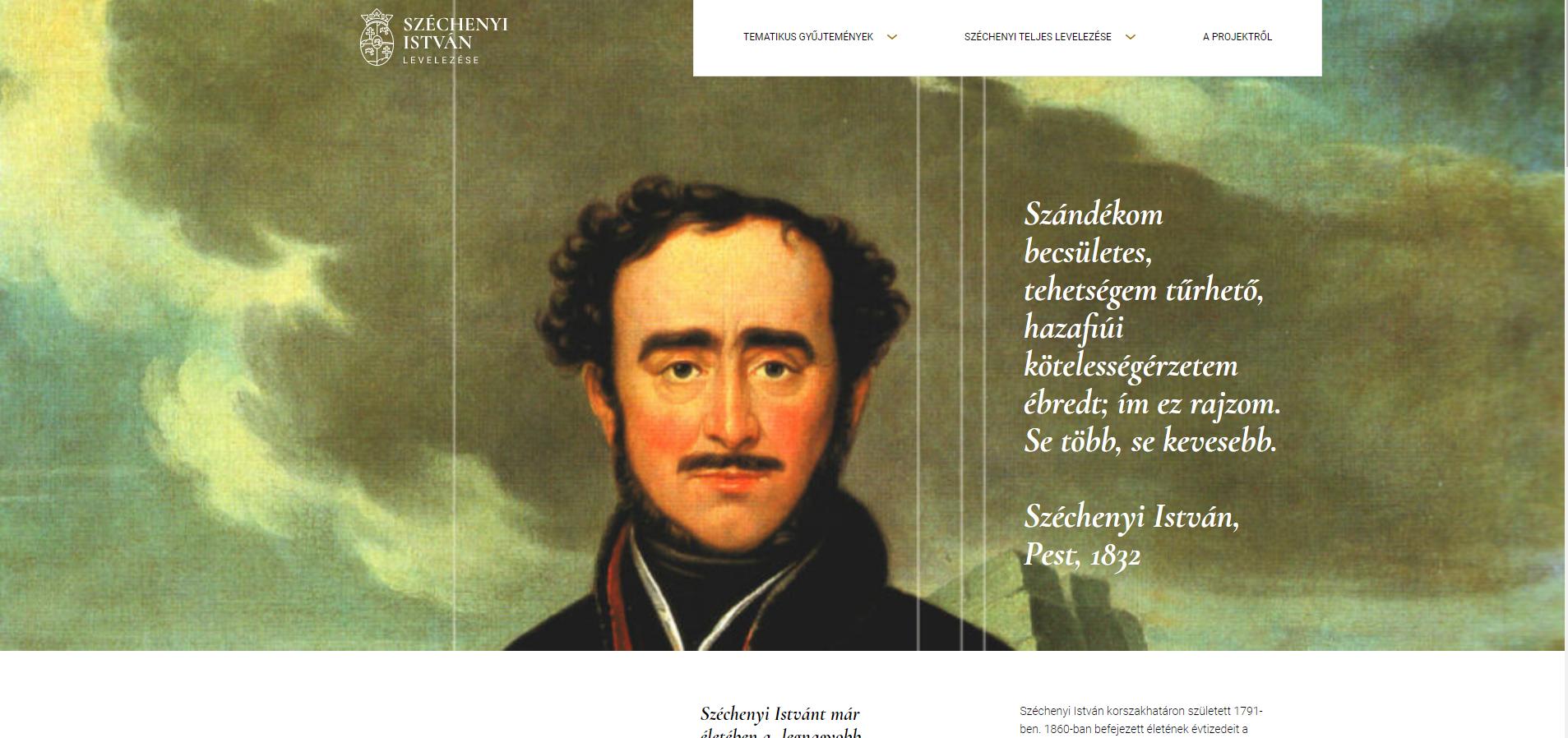
István Széchenyi's correspondence forms a significant part of his enormous legacy, and its content is invaluable from the point of view of historiology. Most of the approximately 4,800-5,000 currently known letters written by the count were composed in the 1830s and 1840s, during the most active period of his creative activity, and were largely related to his public activities.
The preparatory work for the project entitled Critical edition of István Széchenyi's letters began in September 2017 at BTK TTI under the leadership of Zoltán Fónagy, with the participation of Szilvia Czinege. The project, which is supported by the Hungarian National Research, Development and Innovation Office, is not without precedent. Between the two world wars, László Bártfai Szabó and Gyula Viszota attempted a critical publication of Széchenyi's entire correspondence, though this was not realized according to the original ideas. In the second half of the 1980s, a research group at TTI led by György Bárány and György Spira continued the work started by Bártfai and Viszota, but this project came to an unsuccessful close in the early 1990s. The work currently taking place has utilized documents from these two previous studies.
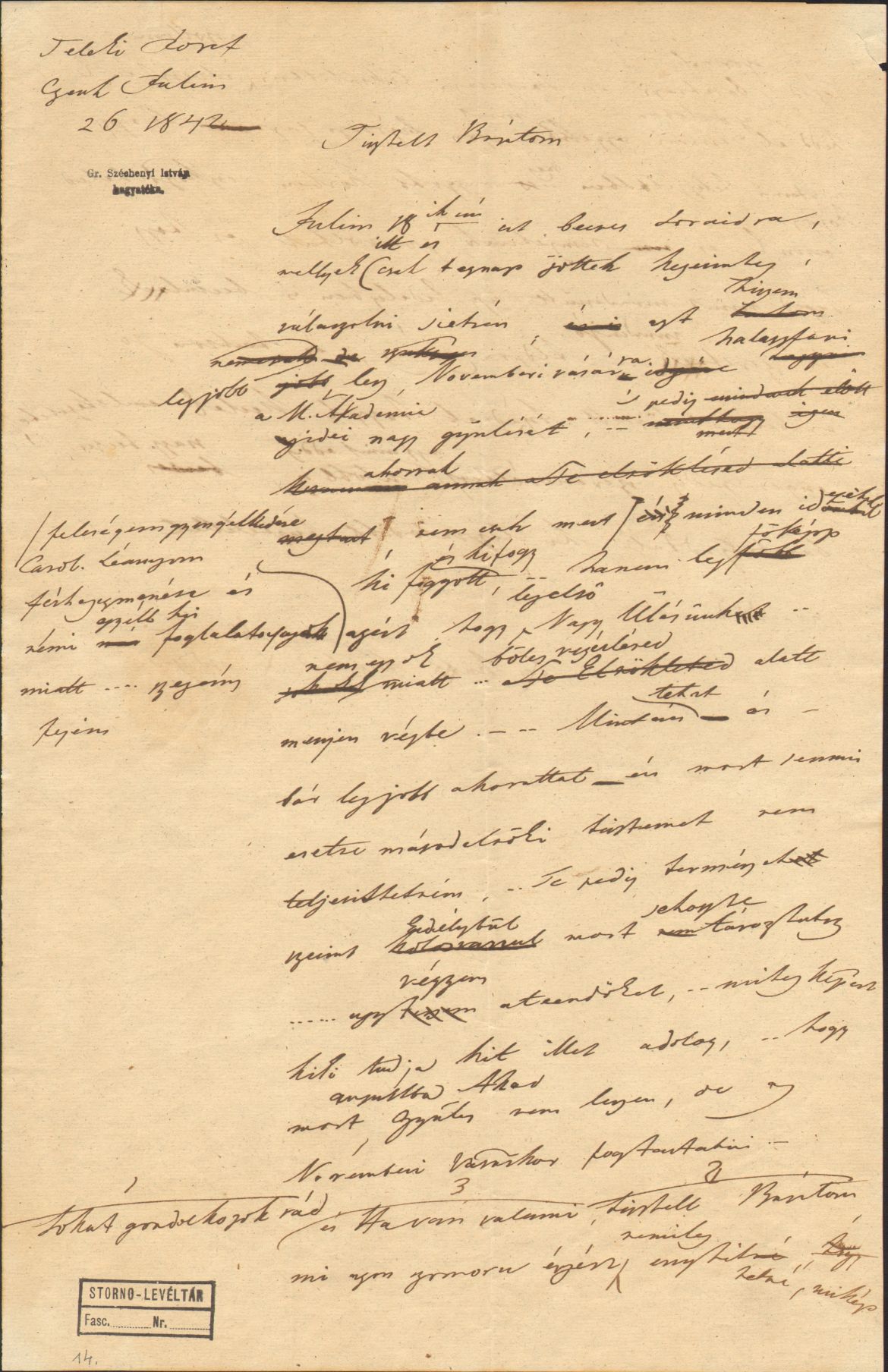
One of the most important tasks of the first stage of the research was the data-level inventory of Széchenyi's letters: to whom, when and where did he write, where can the letter be found today, and has it already been published? Source publications and catalogs of public collections provided help for this task. The preparation of the catalog listing Széchenyi's letters was followed by an inventory of the documents of the two previous studies and their comparison with the catalog. The researchers examined which letters had already been copied and transcribed, and what was missing from the first examined period, which they decided would end in December 1825. In parallel, copies of manuscripts were collected from public collections for later processing. Today, the largest part of the Széchenyi letters can be found in two public collections in Budapest, the National Archives of the National Archives of Hungary and the Manuscripts Archive of the Library of the Hungarian Academy of Sciences. In addition, the Manuscripts Archive of the National Széchenyi Library, the Danube Museum in Esztergom and the Storno House in Sopron also maintain significant collections. The fact that all of this is still available today is mainly due to the fact that the Széchenyi family began keeping an organized archive in the 18th century, and that István Széchenyi himself kept his documents organized.
One notable difficulty in publishing the Széchenyi correspondence is the range of languages. The letters were written in German, Hungarian, French and English, and sometimes the languages are even mixed within the same letter. The letters written to János Liebenberg (Lunkányi), the count's director of estates, typically switch between German and Hungarian, while in the French letters he sent to women in his younger years, some German sentences were also mixed in. Széchenyi's handwriting and his peculiar use of language present a difficult task, even for specialists who are very familiar with the writing style of the time and the given language. We can see the peculiarities of the southern German dialect, as well as some colloquial words and expressions that are less typical in literary German. Due to frequent misreadings and sporadic or missing notes, all the letters that have survived in all manuscripts, including previously printed texts, must be completed with all the usual tasks of critical editions.
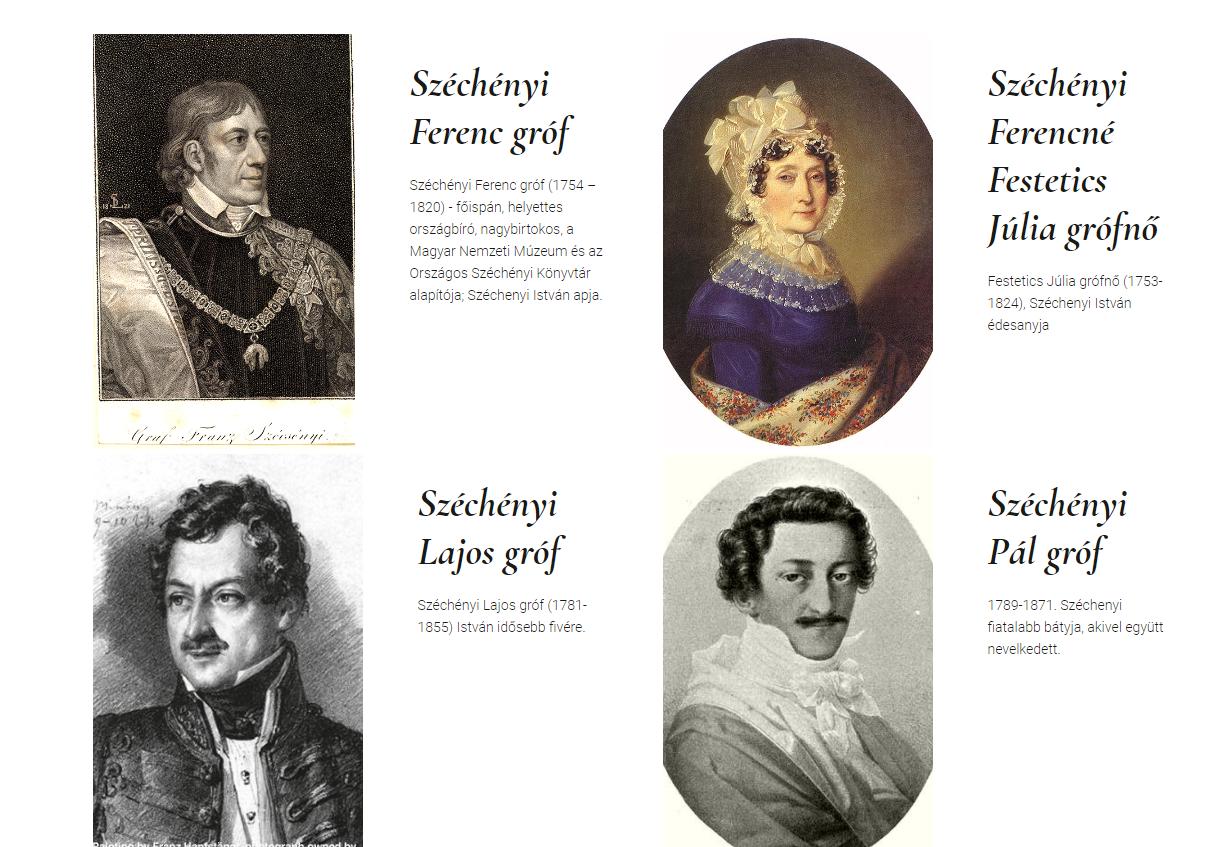
Széchenyi's letters are transcribed from the original manuscript, if it is available to the researchers. If they have the draft, but also the book copy and the sent letter, the sent letter is considered the basic text. If only a copy or communication of a letter has survived, then this version is considered the basic text. If more than one draft of a letter is available, the one created later in time is used as the basis for the transcription, as it is believed that Széchenyi wanted to communicate this message to his addressee.
When transcribing the letters, the researchers strive for total accuracy to the text. For any language used by Széchenyi, any spelling and grammar mistakes that occur are not corrected or marked, and a critical text commentary is only provided if a grammatical error or unusual word form might cause misunderstanding. The researchers strive to communicate any other punctuation marks – commas, dashes, underlines, drawings – as they appear on the manuscript, to the extent the word processing program allows this. Two types of notes are prepared for the letters: a text-critical footnote that traces the creation and changes of the text, and a content endnote that explains the data that appears in the letter. When making the notes, the procedure and expressions used during Bártfai-Viszota's research are primarily used, and the letters are treated as historical texts.
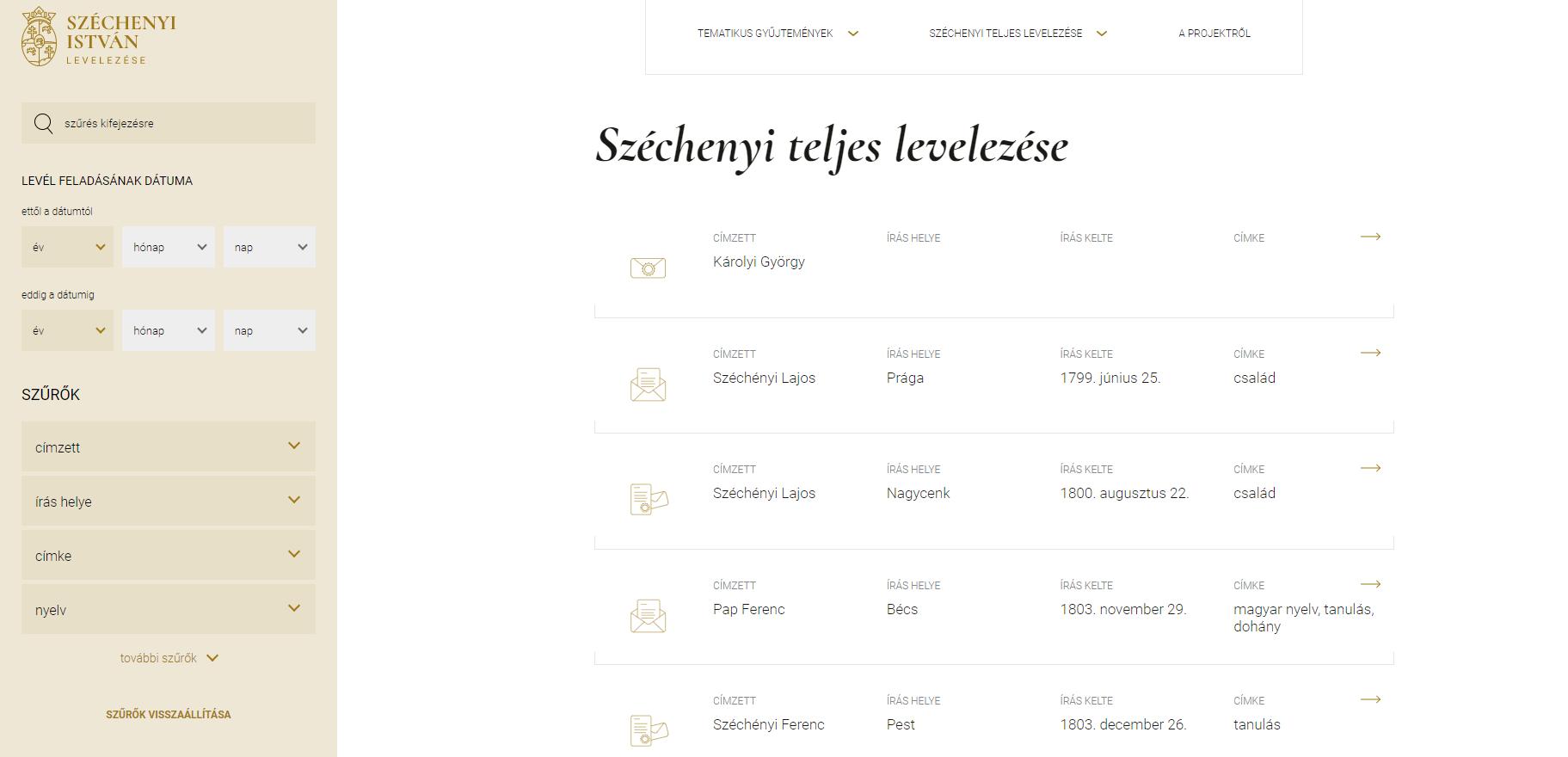
Among the 549 letters from the above-mentioned first period that can already be read online, Széchenyi wrote the most to his parents, and from 1814 to János Liebenberg, while the recipients include Miklós Wesselényi, Pál Felsőbüki Nagy, Archduke Joseph and Imperial Chancellor Metternich. In the database, the letters are organized into larger thematic categories – including The Family, Friendships, The Farmer – for which there is a separate description. Readers also have the opportunity to search among letters by date, addressee, language, content tag, place of writing or a specific term. Next to the addressee, the researchers indicate when and where Széchenyi wrote the letter, where the document on which the transcription is based can be found today, and its classification, i.e. whether it is an original or a copy. If the letter has already been published, the bibliographic data are also provided in abbreviated form, the solution of which is included in a separate bibliography. The content of the letters in foreign languages is described by the researchers in an extract in Hungarian.
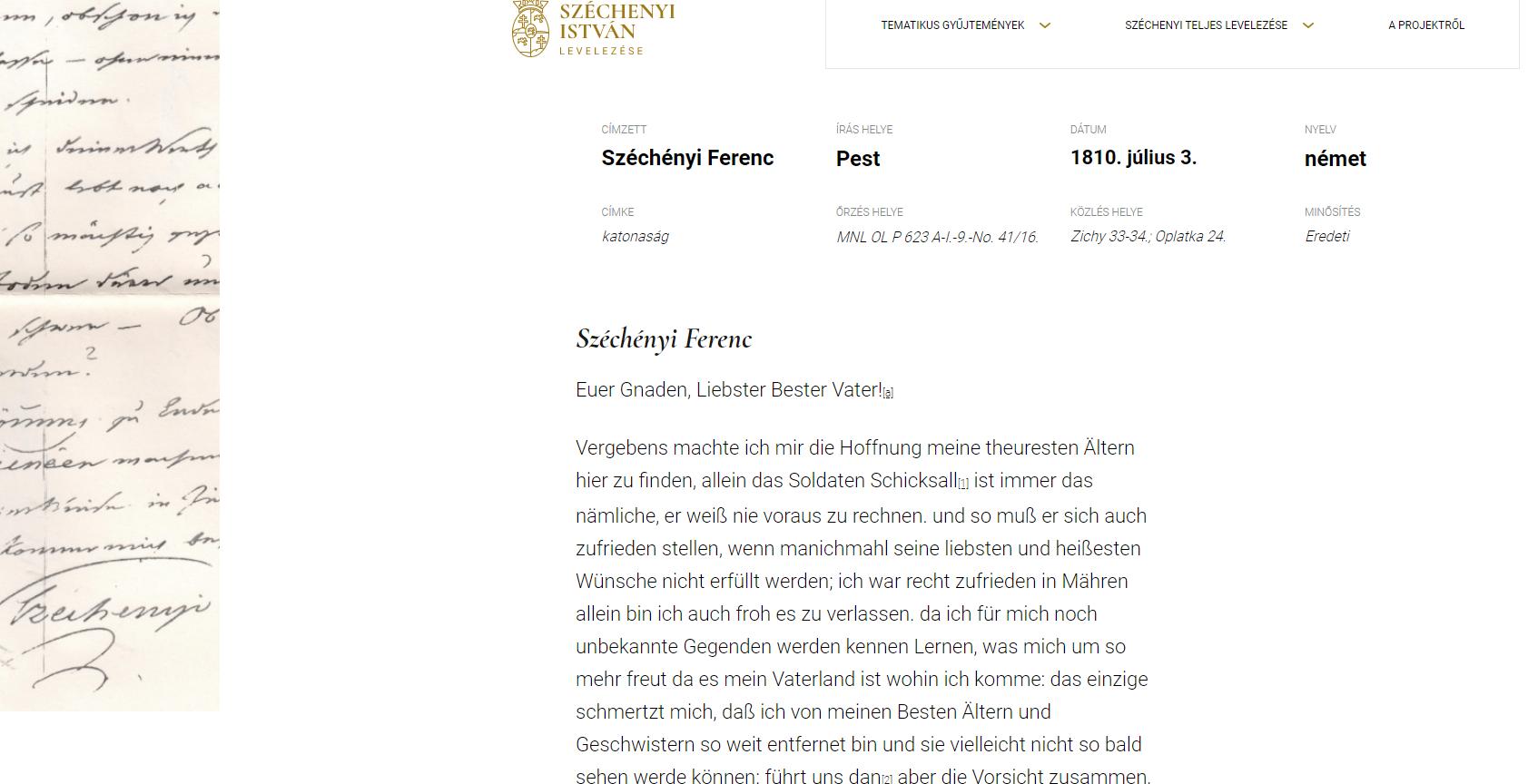
The Széchenyi correspondence will unquestionably be placed on the shelves of libraries alongside the previously published volumes of his oeuvre. In addition, they will also be made available in an online database to meet the needs of today's researchers and readers. For practical reasons, the online publication precedes the printed version: the letters processed and annotated from the point of view of text criticism are continuously entered into the public database, sometimes together with a digital photo of the original document. The website, which has been developed specifically for this purpose in line with the researchers' intentions, simultaneously meets the strict professional requirements of scientific research and makes accessible to readers the part of Széchenyi's oeuvre that is perhaps the most easily understood by the people of today.
The comprehensive, modern textual critical edition of the correspondence makes invaluable source material easily accessible to historians. In addition to strictly Széchenyi research, the enormous amount of primary sources make it an inexhaustible source of information for several branches of historical science – such as political, ideological, social and economic history – as well as narrower subfields – urban, technical, mental history, etc.
Original article at www.elkh.org



